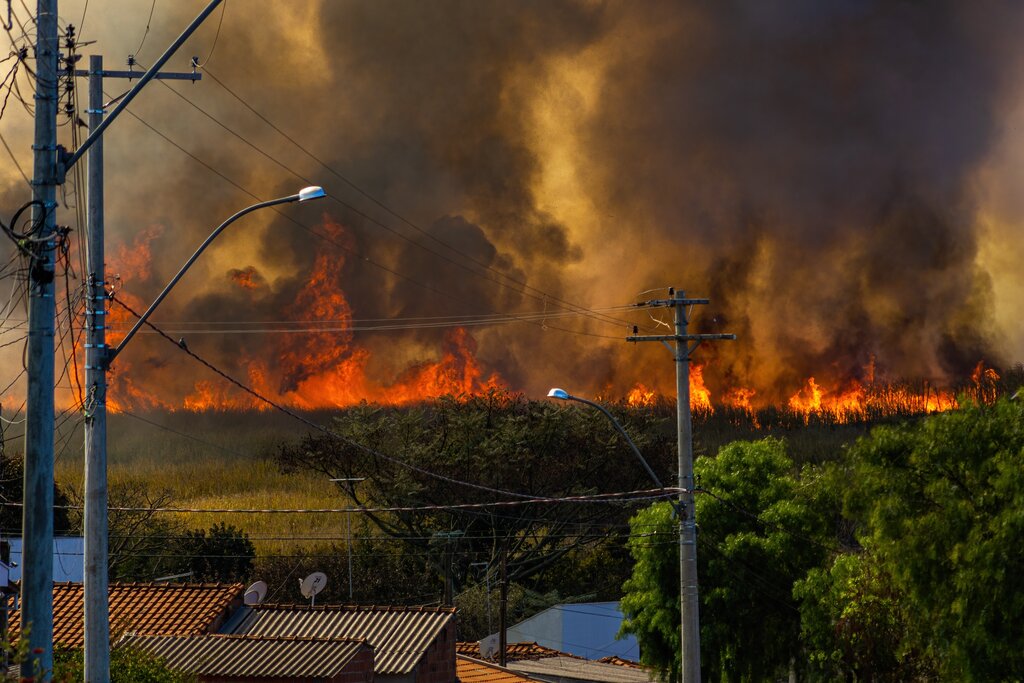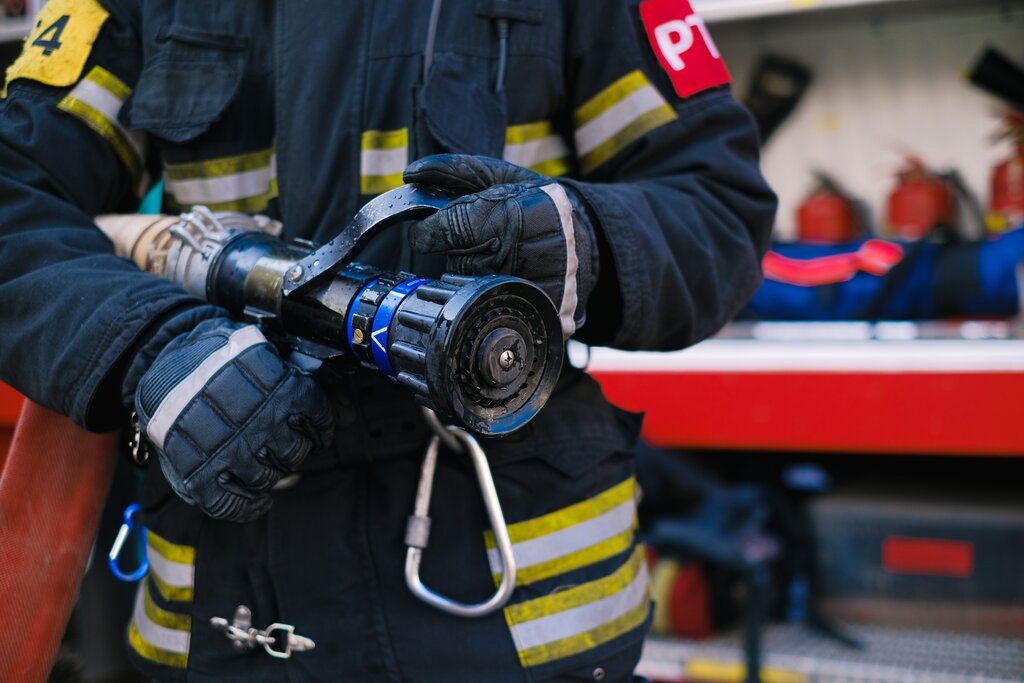NASA Satellites Offer Unique View
of Wildfire Destruction
In a relentless 2016 wildfire season, where more than 29,000 wildfires have burned over 2.6 million acres in the U.S. alone, NASA is carefully monitoring and tracking the various blazes, as well as providing a unique satellite view of the destruction.
Longer Wildfire Seasons
According to the US Department of Agriculture, wildfire seasons are about 78 days longer now than they were in 1970, resulting in more than double the amount of total acres burned. And it’s not expected to end anytime soon.
The extremely large wildfires, such as the Fort McMurray, Erskine and Los Soberanes fires, have garnered most of the headlines, but they only tell part of the story. The almost 29,000 smaller fires have significantly contributed to the 2.6 million acres burned in the U.S. this year. (See related articles, “Lessons from the Alberta Wildfire” and “Massive Erskine Wildfire Seen from Space.”)
Elsewhere on the Globe

Pixabay Image
Broad patches of the Amazon rain forest basin are at extremely high risk for wildfires this year, according to scientists at the University of California-Irvine. El Niño has left the rain forest its driest in 14 years. Which means this could be the toughest year for wildfires since 2002, according project scientist Yang Chen. “This is an extreme event, in terms of the stress the trees are under in the Amazon Basin,” said Jim Randerson, a professor of Earth systems science at the University of California-Irvine.
In addition, according to a recent NASA study, smoke from these fires could affect wildlife and agriculture, and potentially impact major events like the 2016 Summer Olympics in Rio de Janeiro, Brazil.
Meanwhile, in Australia, the country’s climate has been trending toward more bushfire weather over the last 30 years, according to a report by The Climate Institute. Climate change is increasing the severity and frequency of heatwaves in Southeast Australia and the probability of extreme fire risk. As the fire seasons become longer, there is less time for fuel reduction burns to control the bush fuel load, the report said.
In Russia
According to Greenpeace, wildfires in Russia are close to becoming one of the most devastating in that country’s recent history. Analysis of recent satellite data indicates that wildfires in eastern Russia currently cover more than 8.5 million acres of forested land — an area larger than Belgium.
Much of Russia’s wildfire problem can be attributed to climate change. According to a 2014 report by Russia’s climate and environment agency, between 1976 and 2012, average Russian temperatures rose 0.8°F a decade—more than twice the global increase.
In addition, extremely dry weather in Siberia is another result of climate change, according to natural reserve rangers at Lake Baikal.
Sources:
Featured Image: NASA/METI/AIST/Japan Space Systems, and U.S./Japan ASTER Science Team, Public Domain



